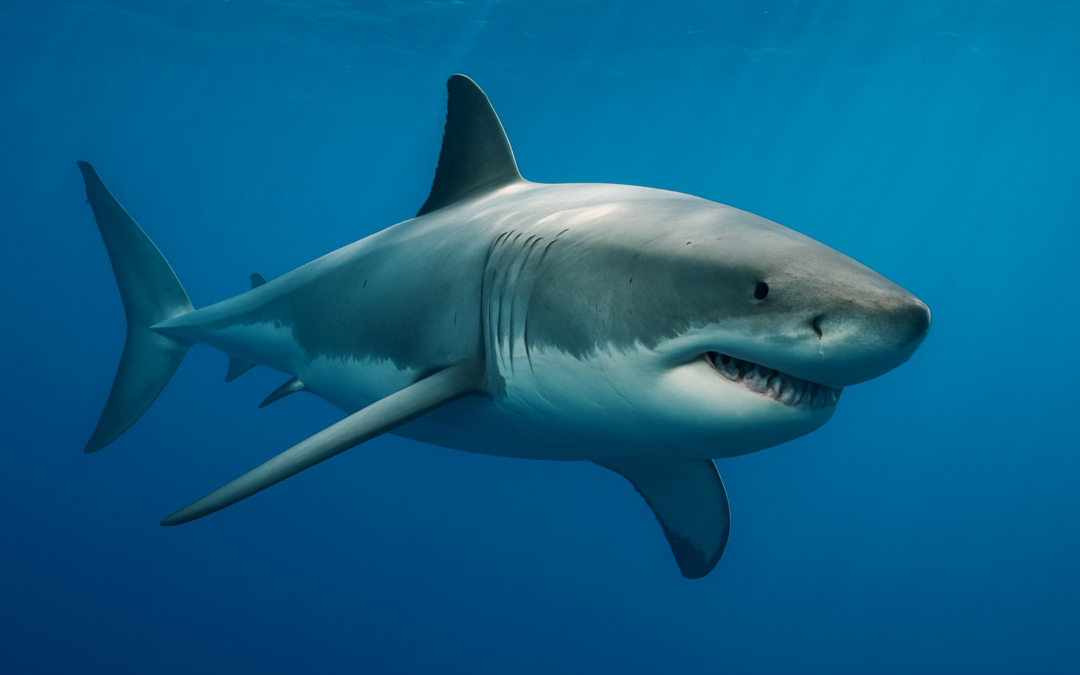🦈 The Shark – Information Sheet
📌 Common name: Shark
🧬 Scientific name: Various species (e.g., Carcharodon carcharias for the great white shark)
🐾 Family: Chondrichthyes (cartilaginous fishes)
🌍 Habitat: Oceans and seas around the world, from shallow coastal waters to deep sea zones
🧠 General Description:
Sharks are cartilaginous fish, meaning their skeletons are made of cartilage rather than bone—making them lighter and more flexible. They have streamlined bodies, powerful fins, and jaws filled with multiple rows of sharp teeth.
📏 Size:
Varies by species:
-
Pygmy shark: ~20 cm (8 in)
-
Whale shark: up to 18 meters (59 ft)
⚖️ Weight:
From a few kilograms to over 20 tons (whale shark)
🐟 Diet:
Carnivorous (fish, marine mammals, crustaceans—some species like the whale shark feed on plankton)
🔎 Special Features:
-
Continuously replace their teeth throughout life
-
Highly developed senses: smell, hearing, electroreception (ability to detect electrical fields)
-
Skin is rough like sandpaper, covered in tiny scales called dermal denticles
🦈 Famous Species:
-
Great white shark
-
Hammerhead shark
-
Tiger shark
-
Whale shark
-
Mako shark
⚠️ Relationship with Humans:
-
Few attacks occur each year (fewer than 100 reported globally)
-
Threatened by human activity: overfishing, finning, pollution
-
Play a vital role in maintaining marine ecosystem balance
💡 Did you know?
-
Sharks appeared long before the dinosaurs, over 400 million years ago.
-
Despite their reputation, most shark species are harmless to humans.

